A rich palette of colors: when should you come to Dilijan?
The changeability of the seasons is not just a natural pattern, which is not typical for all countries. This is a whole philosophy that forms the peculiarities of the culture and way of life of countries and people. This is poetry that nature "composes"; remember what you feel when, after winter days, you finally notice the first buds on the branches of trees; enjoy the summer sun after the season of abundant May rains, and in September, when you are tired of the scorching southern sun, you feel the cool mountain wind. You plunge into a state of rest with the arrival of winter, when the mysterious mountain slopes are covered with snow, and spring awakens you again! It's really magic! A mathematically verified pattern that gives us the diversity of nature, dynamics, but at the same time harmony and statics.
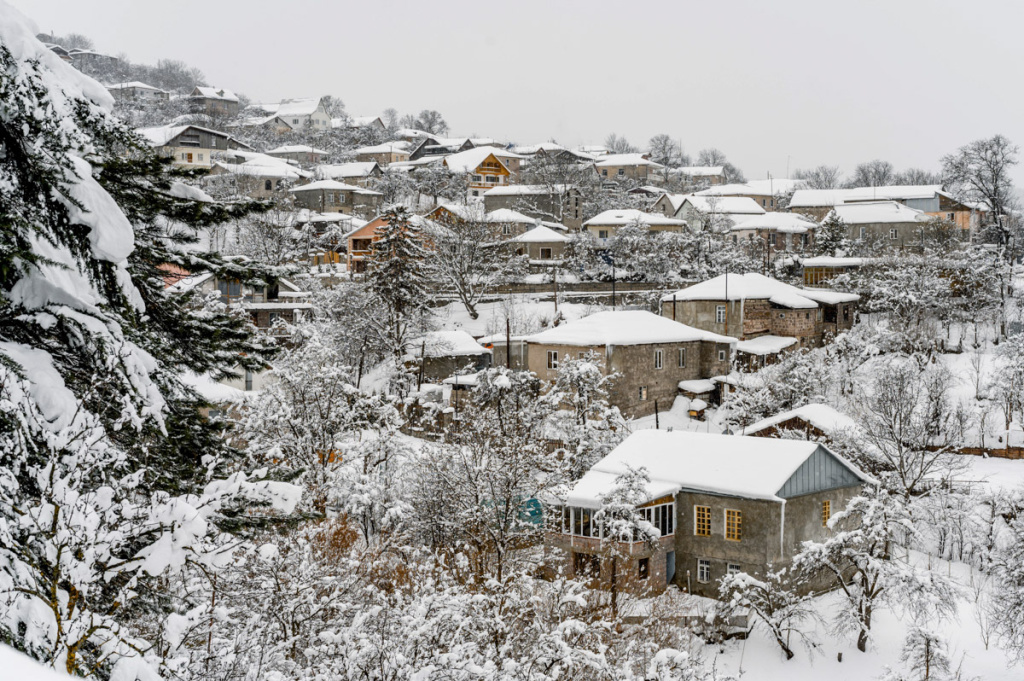
In Armenia, all four seasons are presented brightly, in rich colors. Just look at the landscapes of Armenian artists – Martiros Saryan, Minas Avetisyan and others. All these colors, no matter how fantastic they may seem to you, are taken from reality. What colors do you think Dilijan, which is one of the most picturesque places in Armenia, can surprise you with?
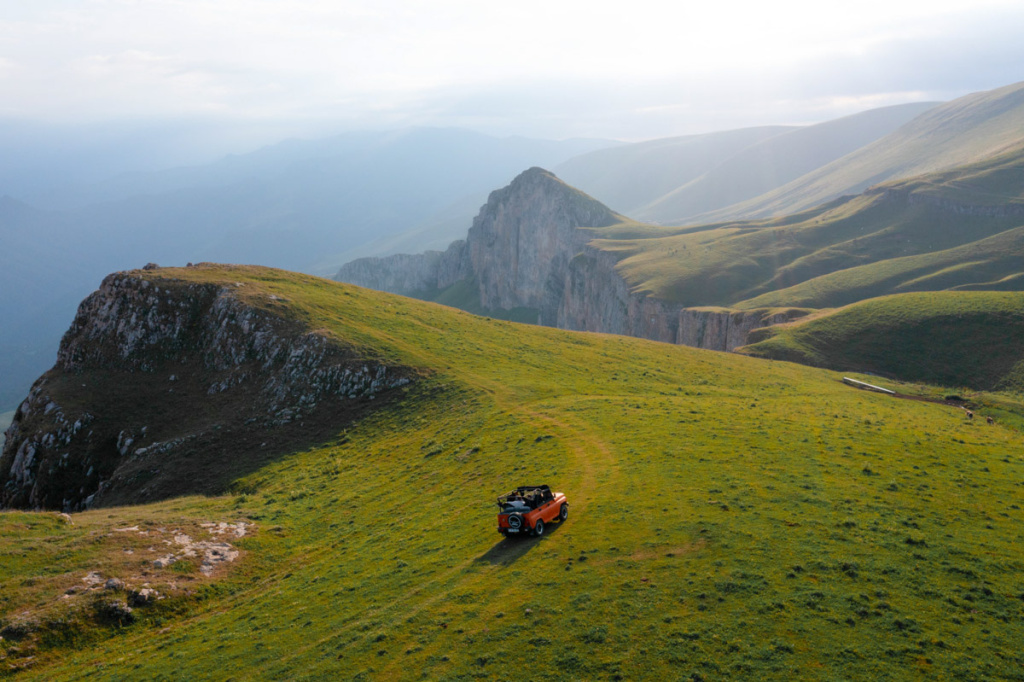
Dilijan is surrounded by forests of Dilijan National Park. Dilijan is the lungs of Armenia, an important ecosystem of the country and a real national wealth. Dilijan is always about nature with its patterns, unique sunsets and sunrises, sunny and cloudy days, dynamics, changeability of seasons and whims. Any activity in this place is determined precisely by the surrounding landscape, climate and seasonality.
Mountain ranges and chains instill a sense of stability and steadfastness. Every day, the peculiarities of the nature of Dilijan are revealed in a new way. The changes will amaze your imagination - at first insanely beautiful clouds cover the mountain slopes, then incredible sunsets break out from under heavy clouds; then the clear, bright sun uncovers the inaccessible peaks of the Dilijan mountains. You will see all these changes in one day!
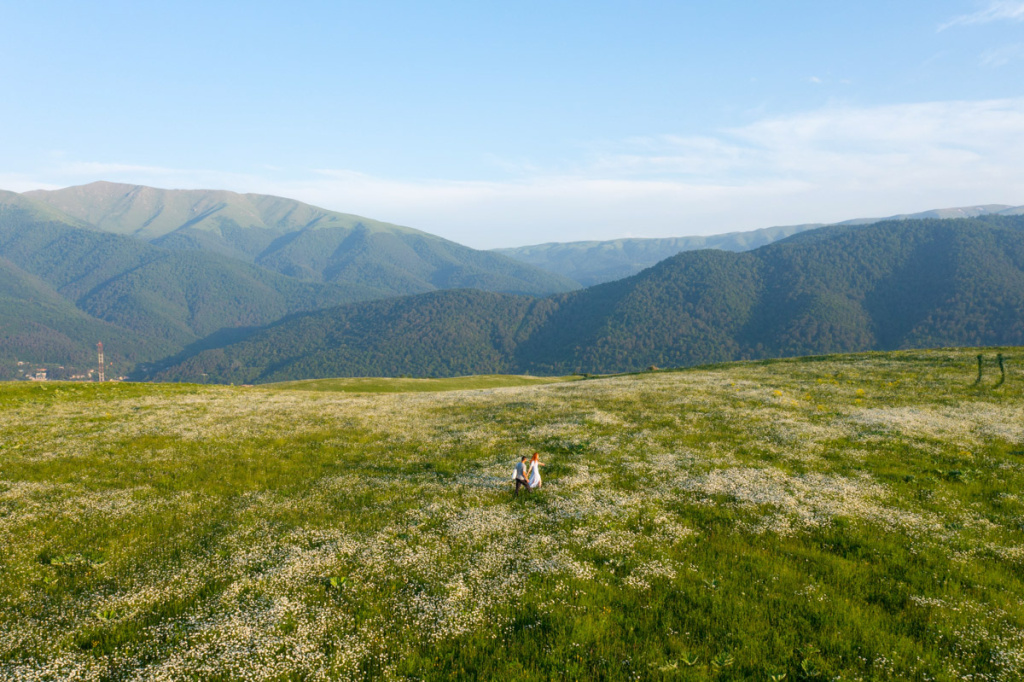
Many people note that Dilijan is beautiful in autumn, when the mountains are covered with various shades of colors: green, yellow, golden, fiery red, honey, brown. When you drive along the famous Dilijan serpentine in mid-October, you get the impression that you have fallen into an Impressionist painting. In November, a mysterious, blue haze steadily wraps the city, leaves rustle underfoot, and nature gradually sinks into sleep, preparing for the first winter precipitation. It's time to wrap yourself in a blanket and enjoy the warm shades of Dilijan autumn with a cup of hot tea, and also try "hapama" – the most autumn national pumpkin dish.
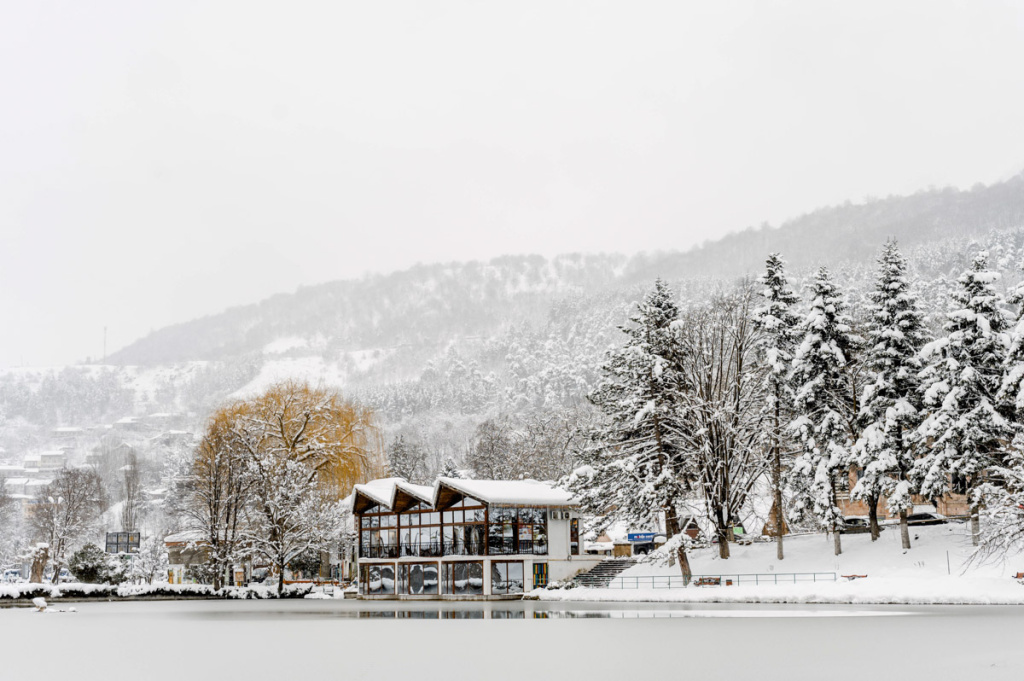
Snowy Dilijan can become a real Christmas and New Year's fairy tale and a small town painted on winter postcards. You immediately imagine friendly meetings by the fireplace, warm tea with cinnamon and rosehip, homemade cake. Winter in Dilijan is snowy, but not harsh, unlike the more mountainous regions of Armenia. Snow-covered coniferous forests, which Dilijan National Park is famous for, make the landscape softer and more picturesque.
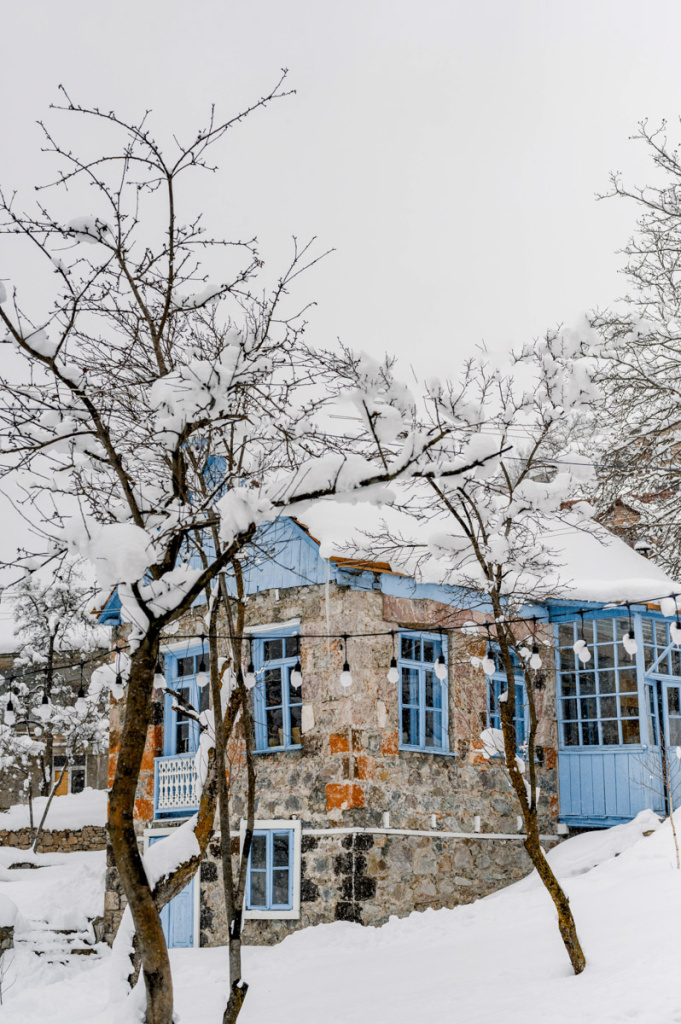
It is a special pleasure to watch the awakening of nature in the long-awaited spring. February and March are incredibly beautiful intermediate months when nature is still sleeping. This is not a late autumn landscape when nature is preparing for winter, but a feeling of pleasant excitement before the majestic awakening of nature.
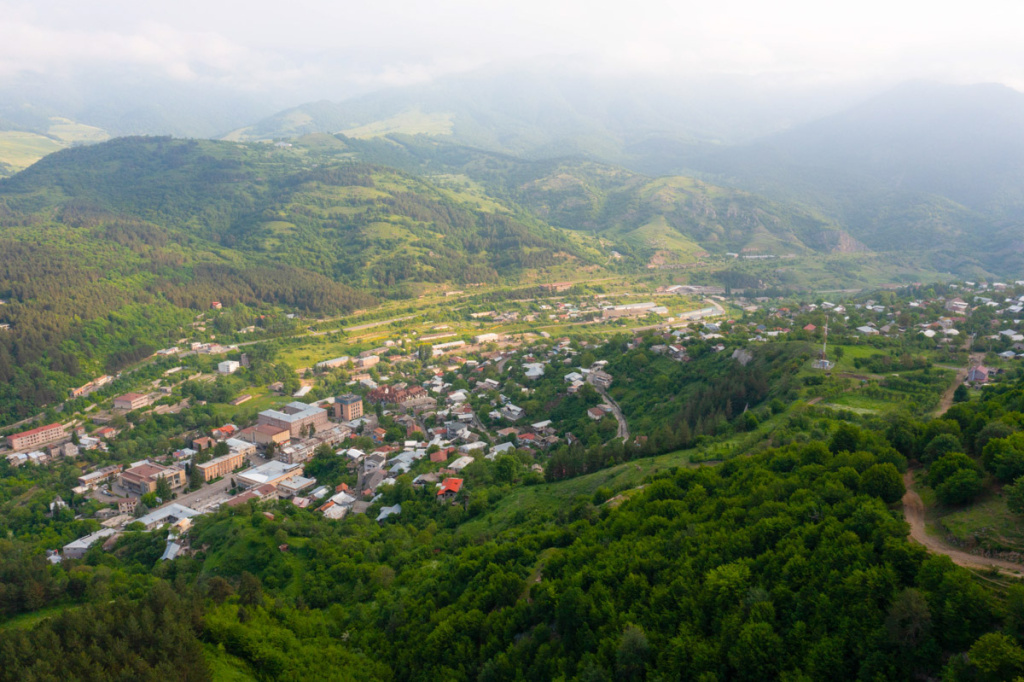
Not only autumn, but also spring is rich in a variety of colors and contrasts. Spring will pleasantly surprise you with shades of green: emerald, light green, jade, bright green. At the same time, the peaks of the mountains are still snow-covered. In mid-April, the emerald mountain valleys of the Tavush region light up with a red flame in the form of blooming poppies, in contrast with the snow-white chamomile fields. Everywhere you feel the scent of herbs, mint and flowers.
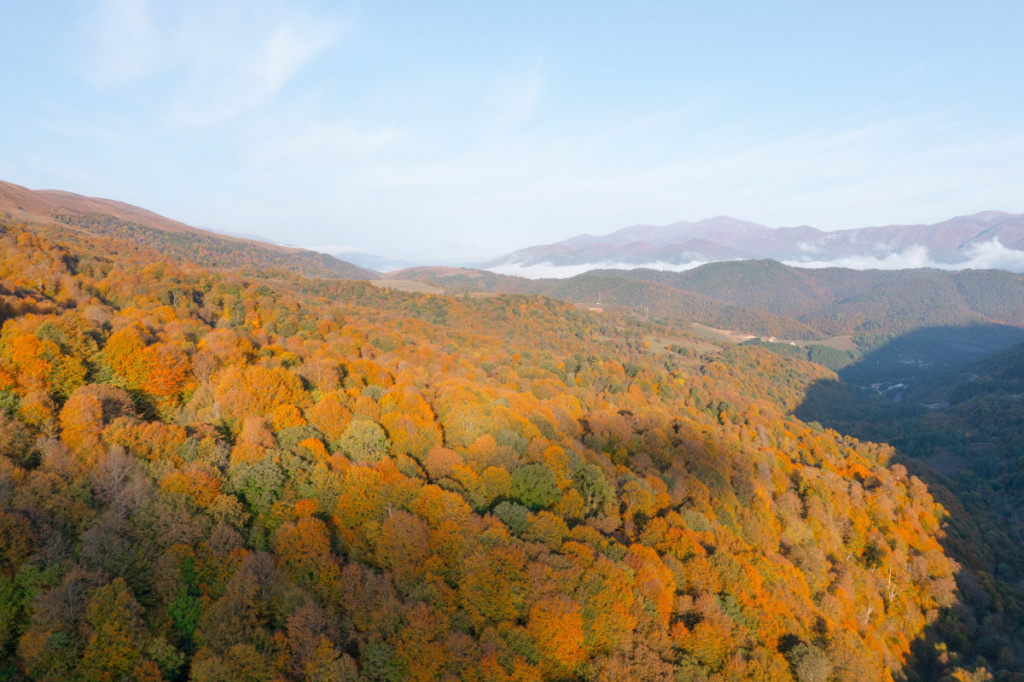
Summer in Dilijan is not as rainy as spring, it is warm, sunny and mild. In this place you can escape from the scorching heat of Yerevan. The city is still surrounded by greenery, but the colors are not so sharp and contrasting. The peaks of the mountain ranges are exposed. The mysterious haze disappeared, making the highest points of the mountain ranges accessible to the eye. It's time for outdoor activities, hiking, cycling and picnics.
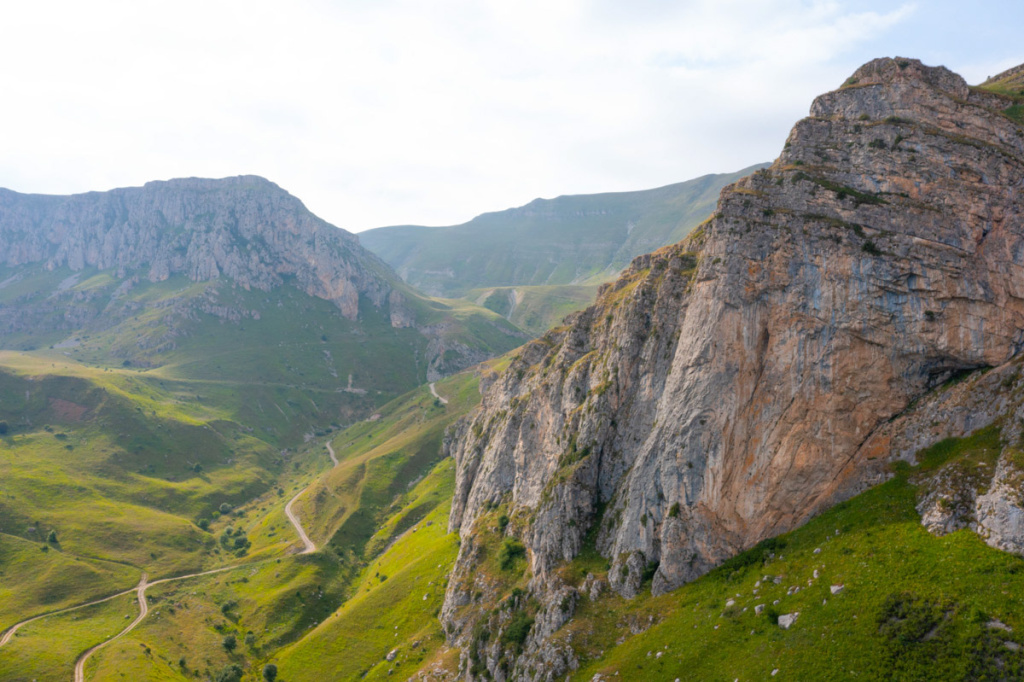
Probably, we all love Dilijan so much for this mildness. The climate in Armenia is contrasting, and sometimes harsh: hot summers and frosty winters. But Dilijan has a mild, comfortable temperature in both summer and winter. The situation is completely different in the demi-season, which is characterized by brightness, contrasting colors, and dynamics. All the beauty of Dilijan National Park is revealed in the off-season.
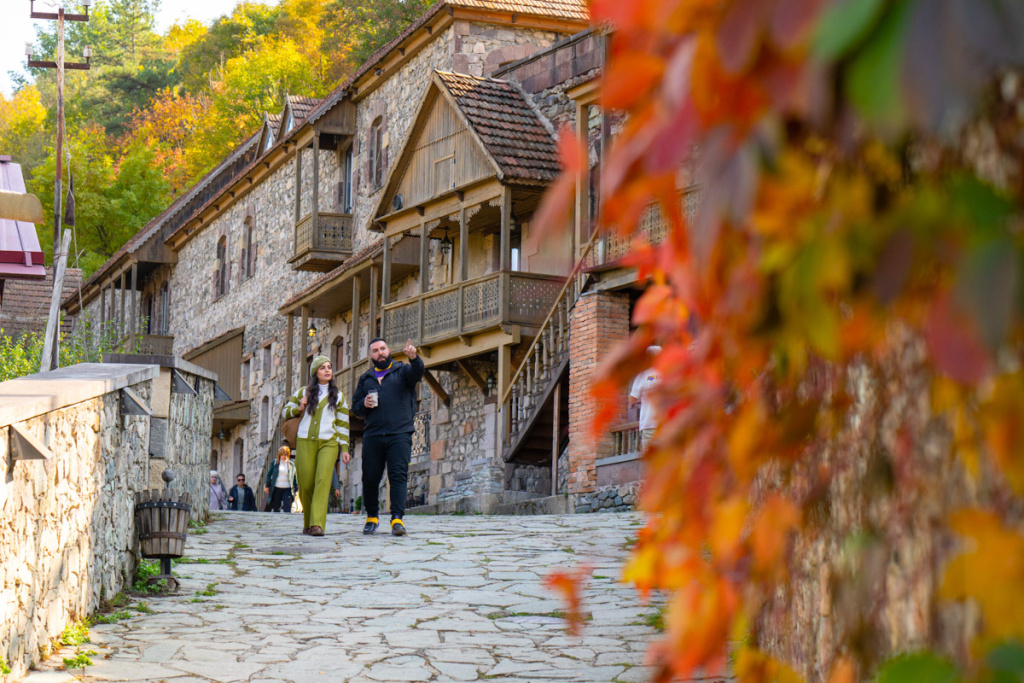
The city of Dilijan is beautiful at any time of the year, in any weather and in any situation. After all, Dilijan is about nature. This is a city that lives in harmony with nature, its patterns, and sometimes its whims. All this is exactly what modern man lacks.
Any other questions?
Our specialists will contact you as soon as possible




